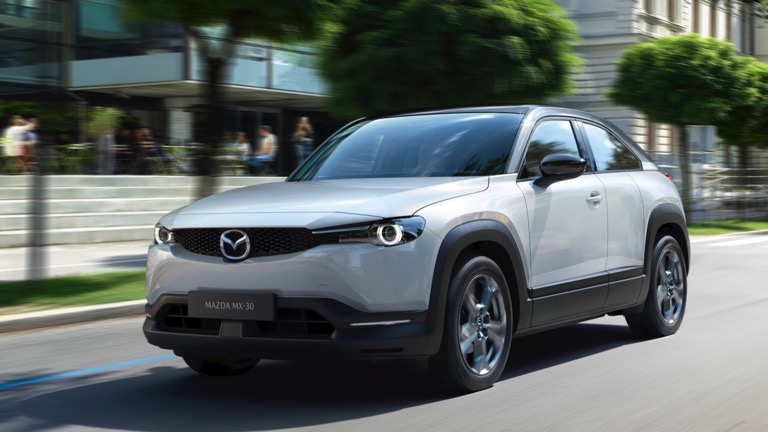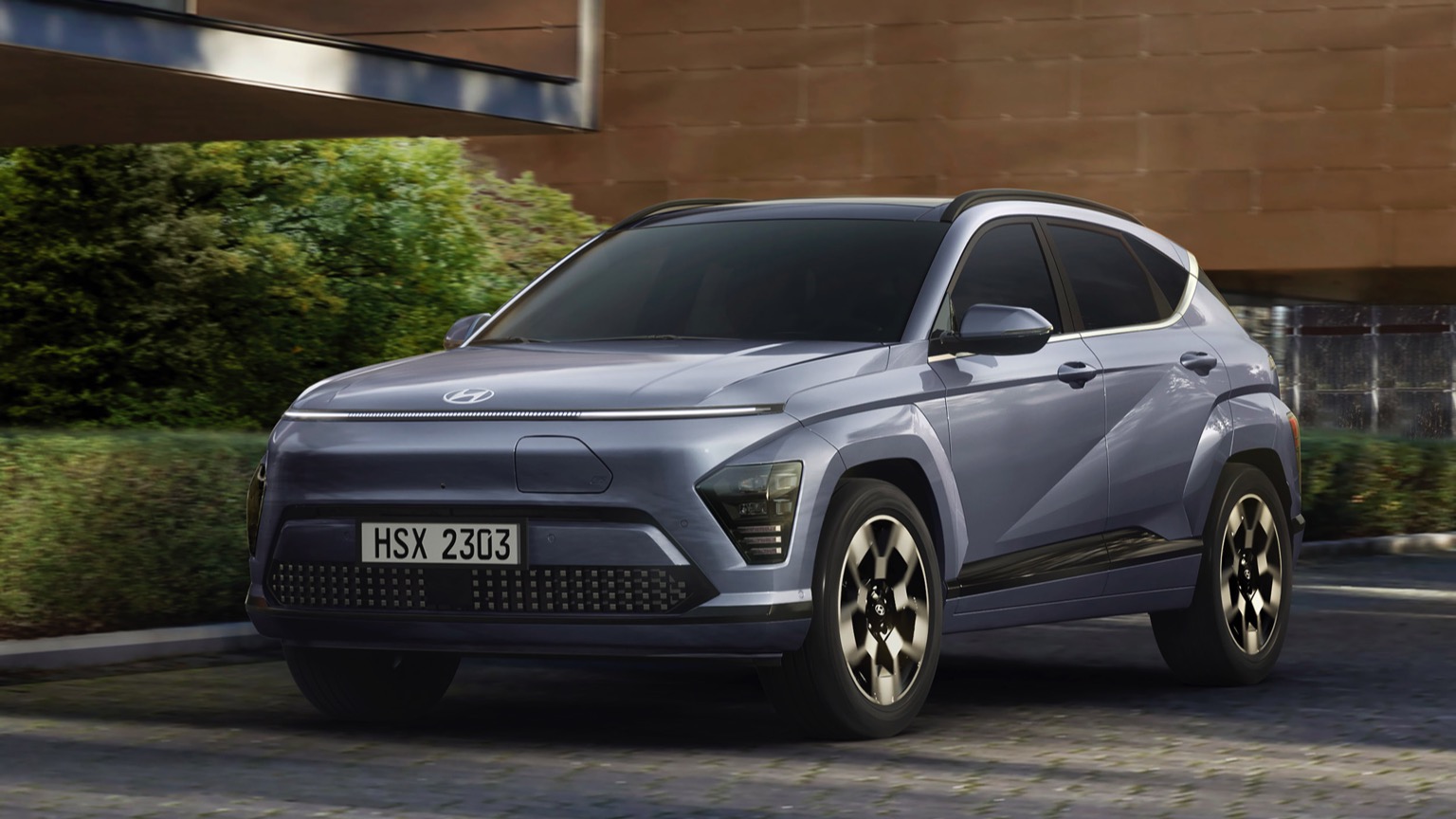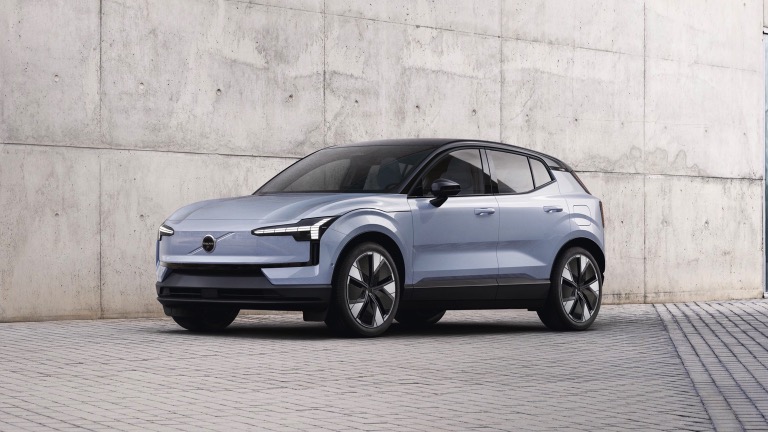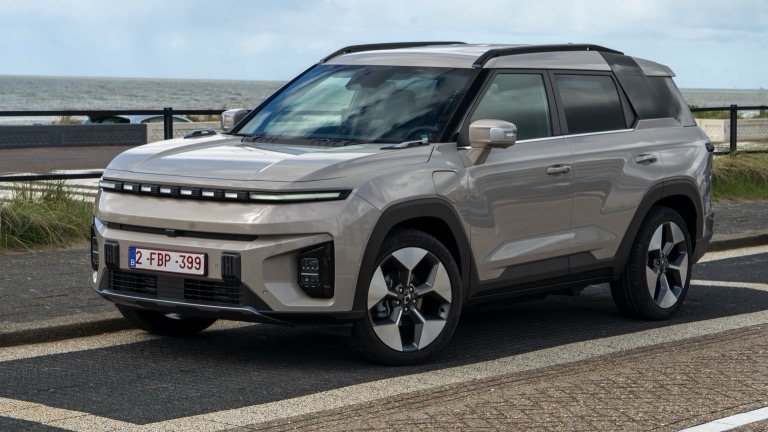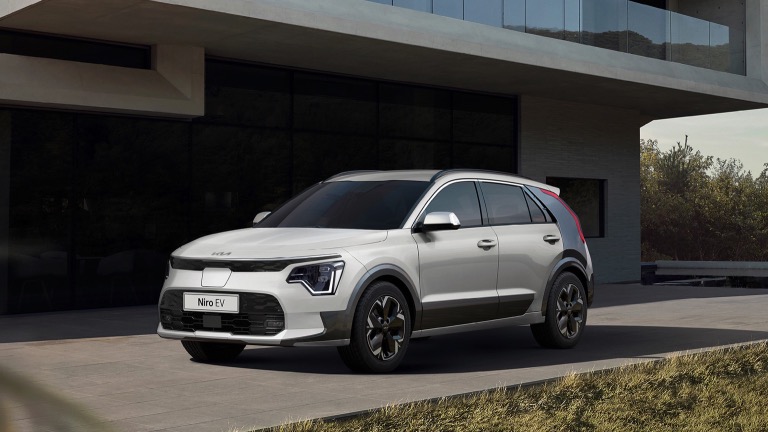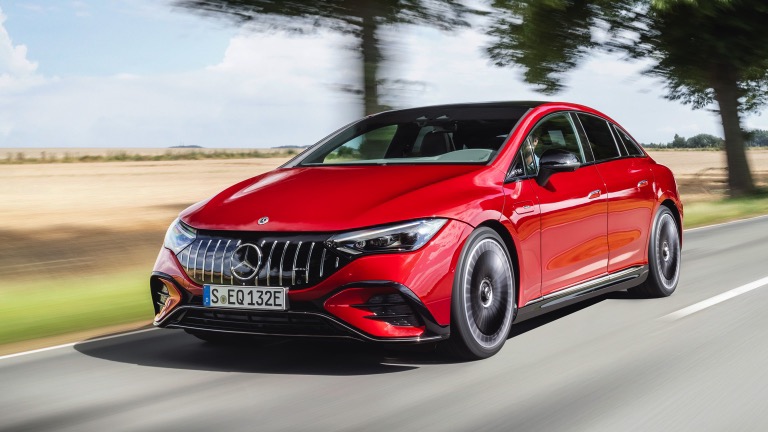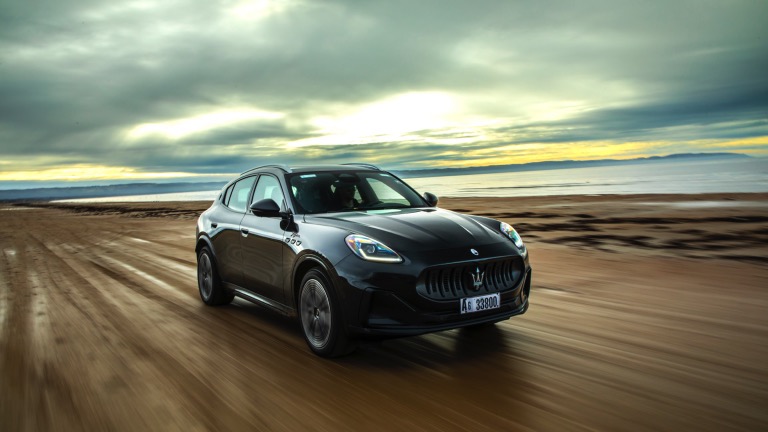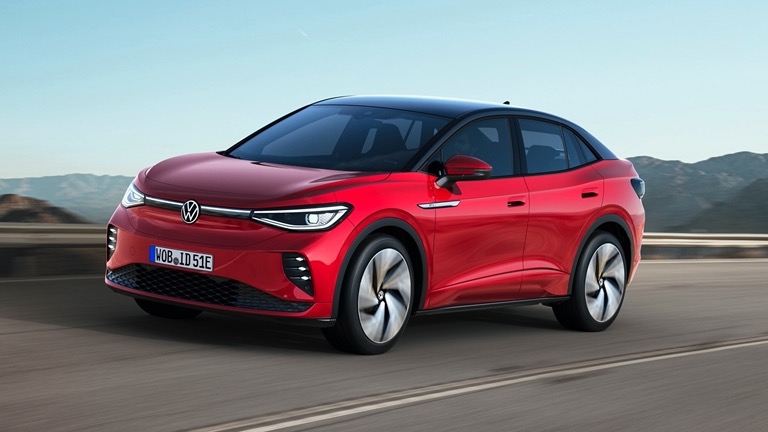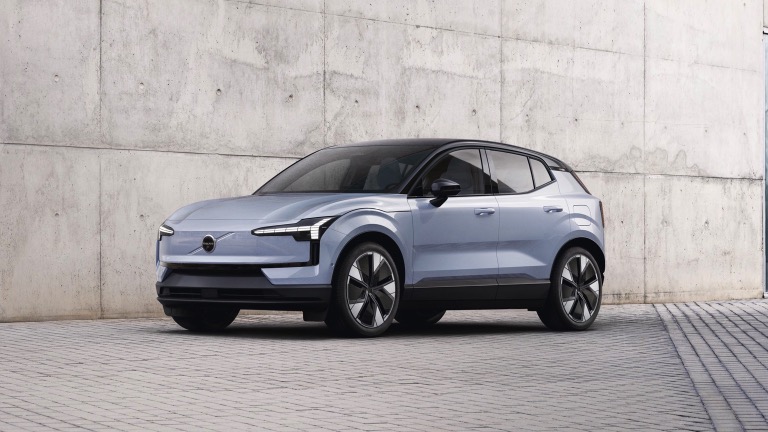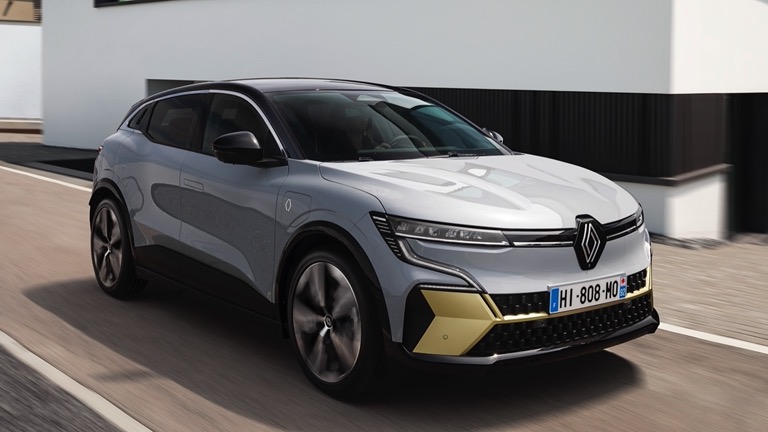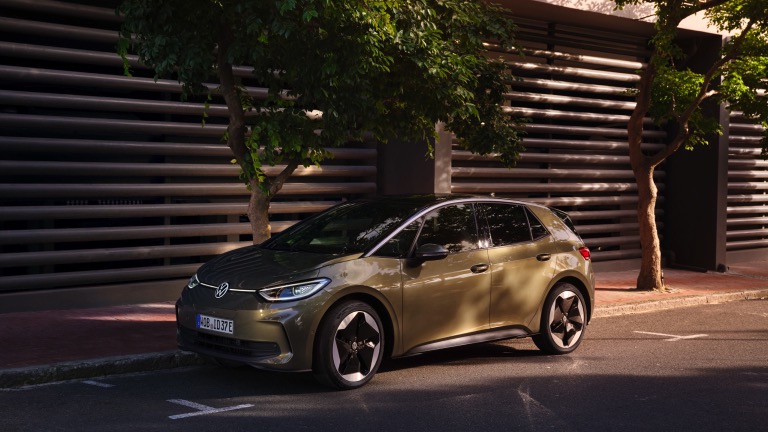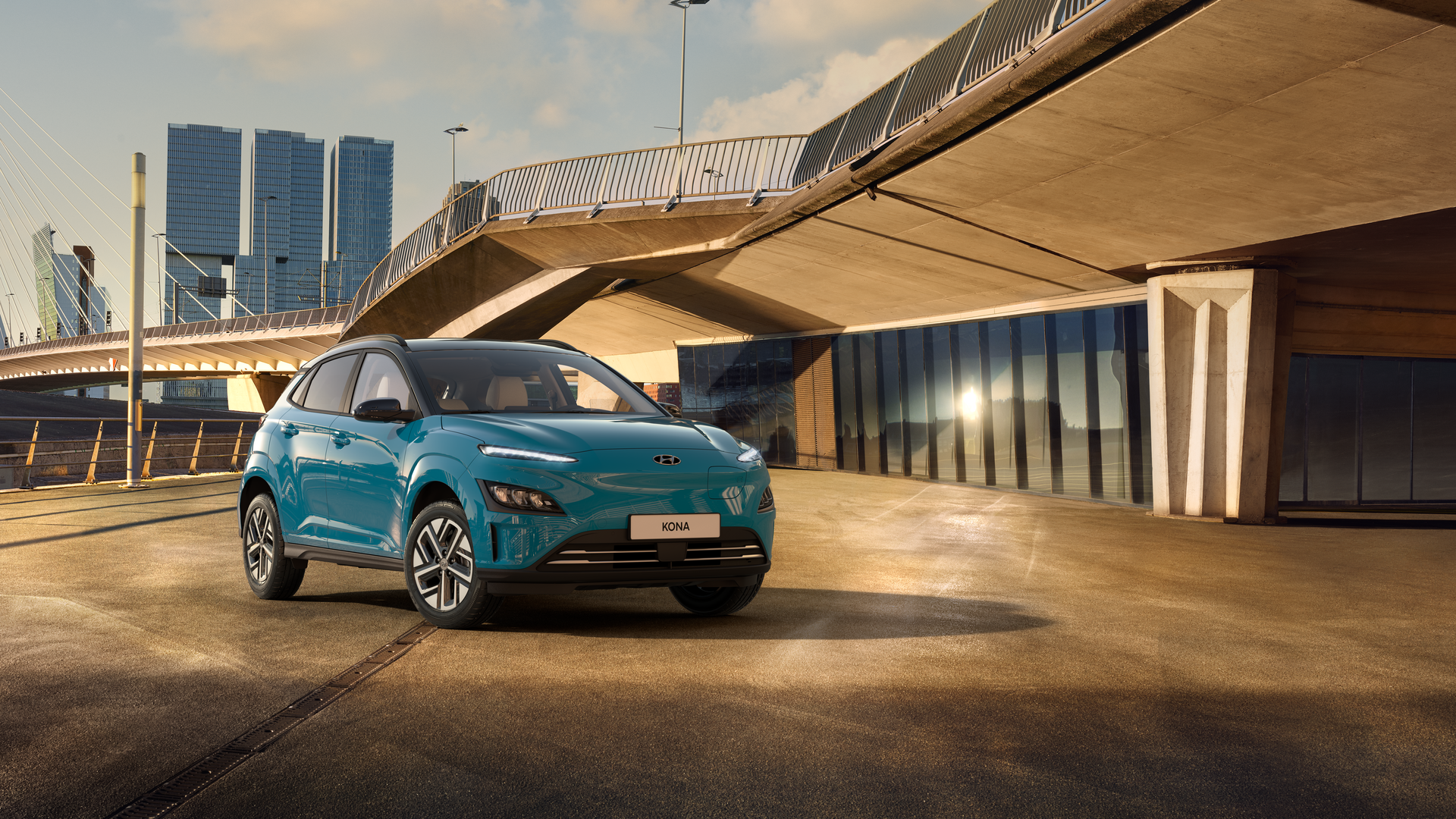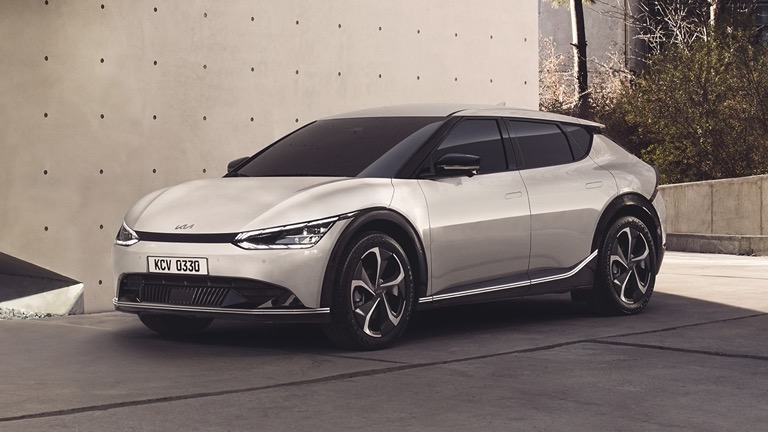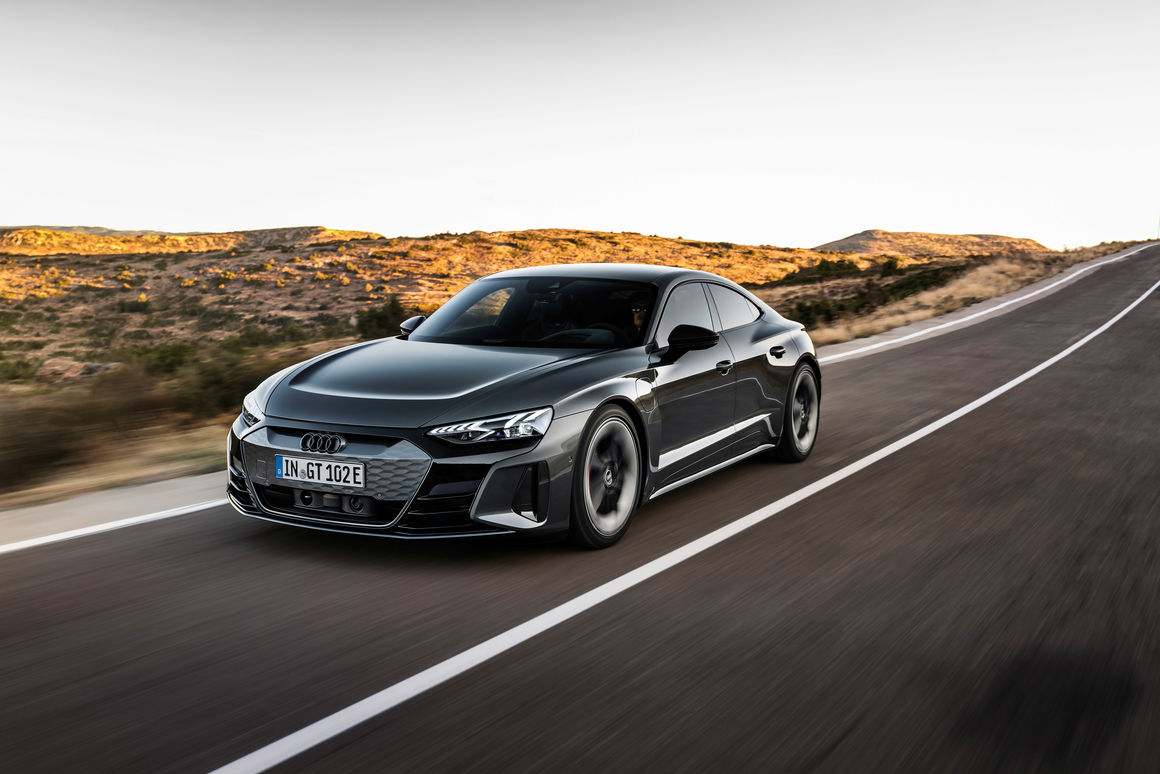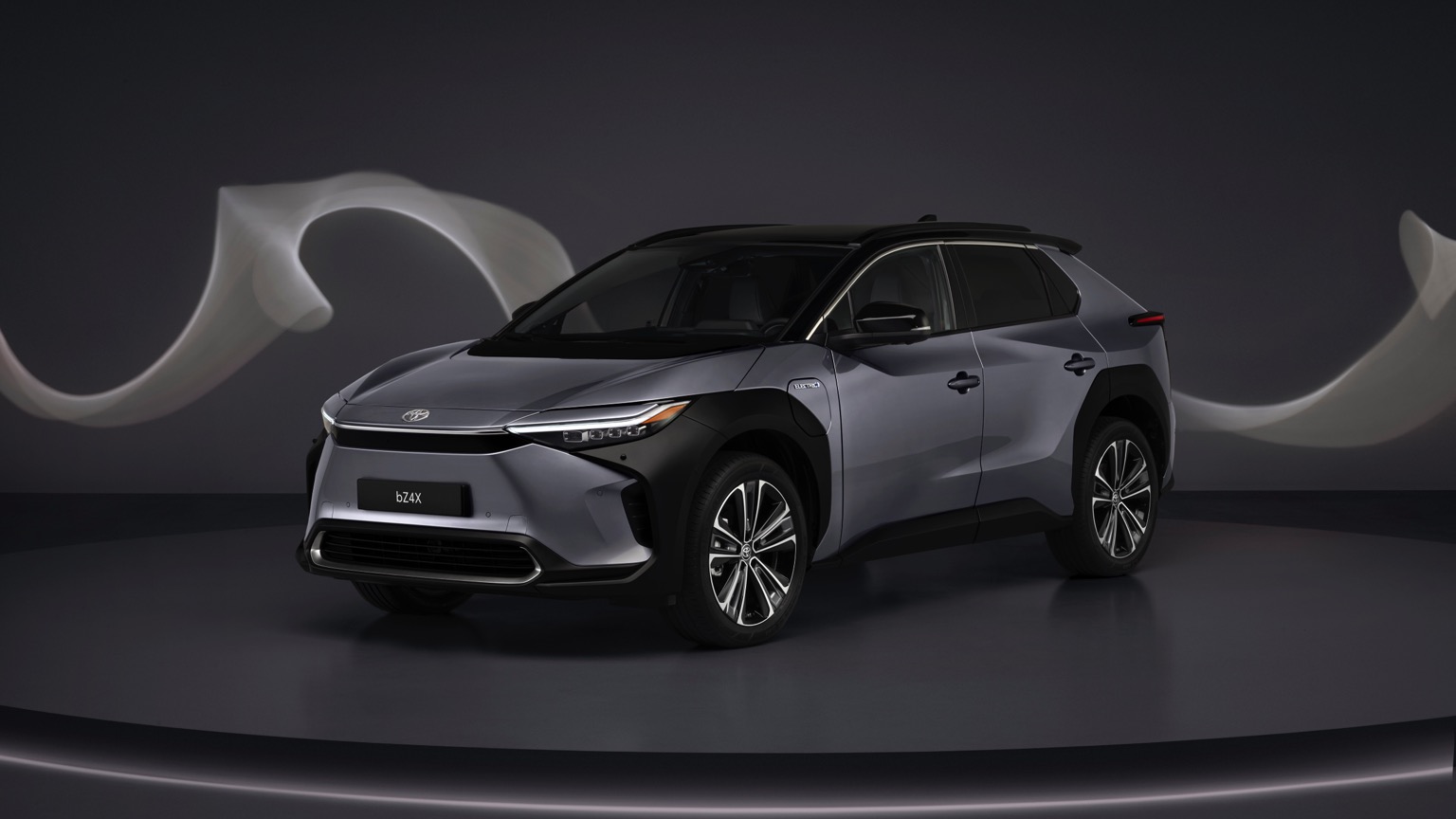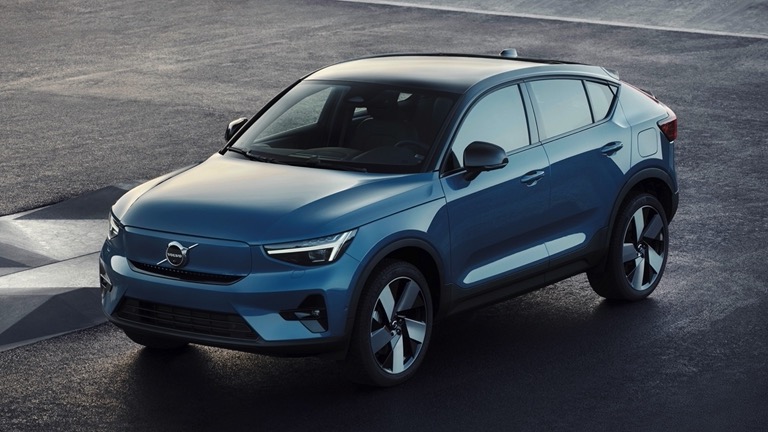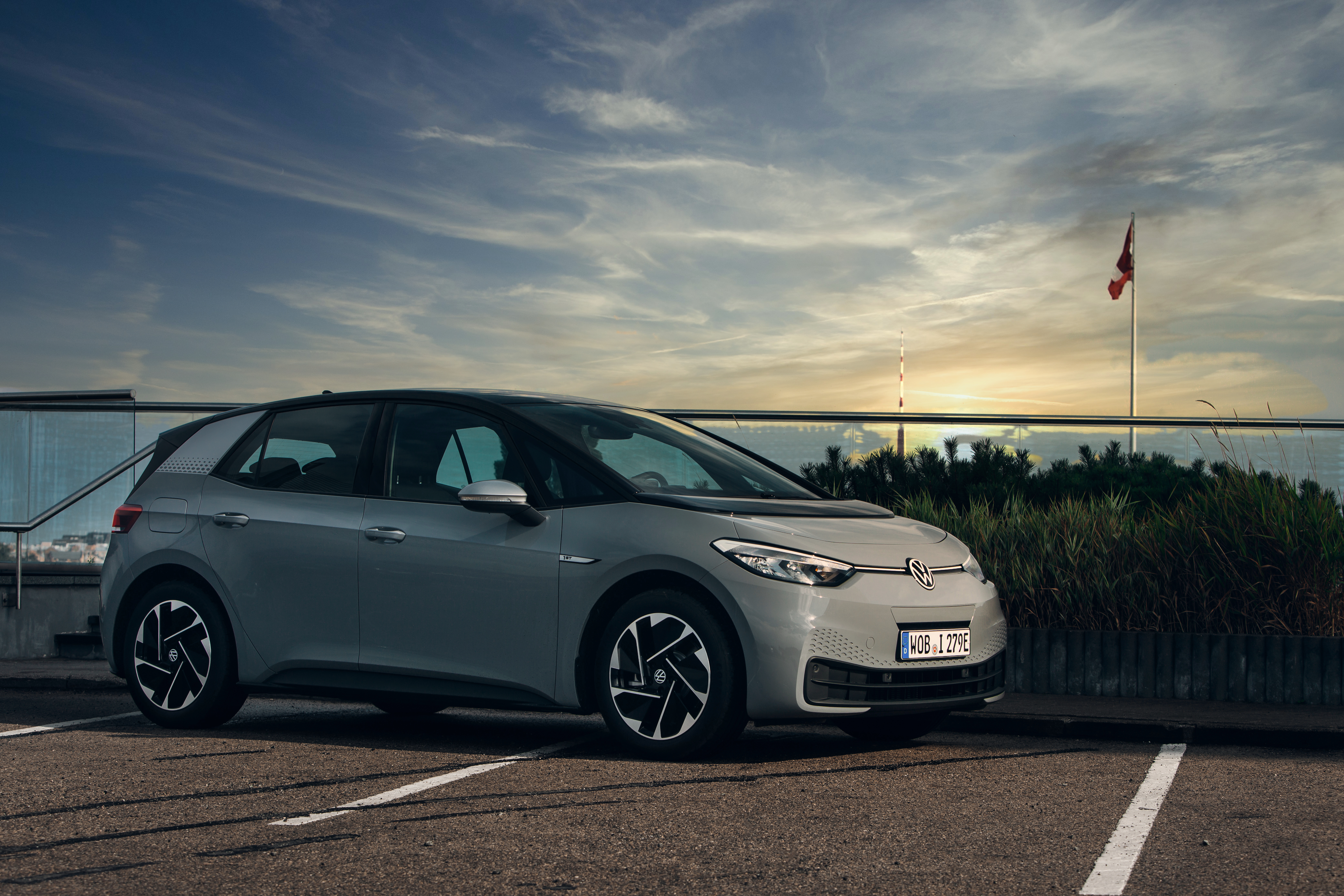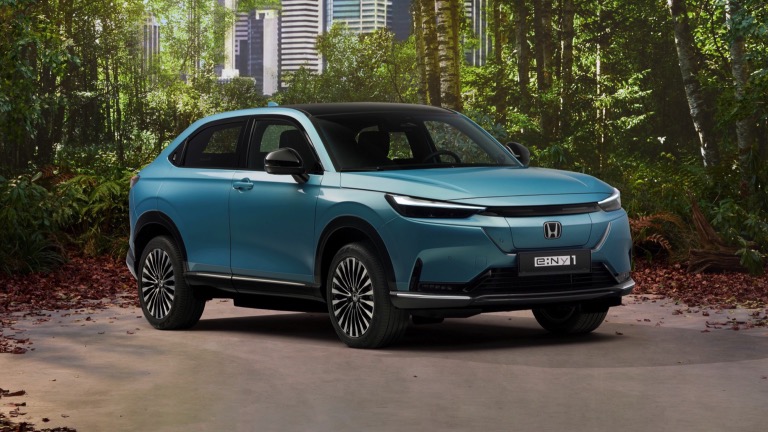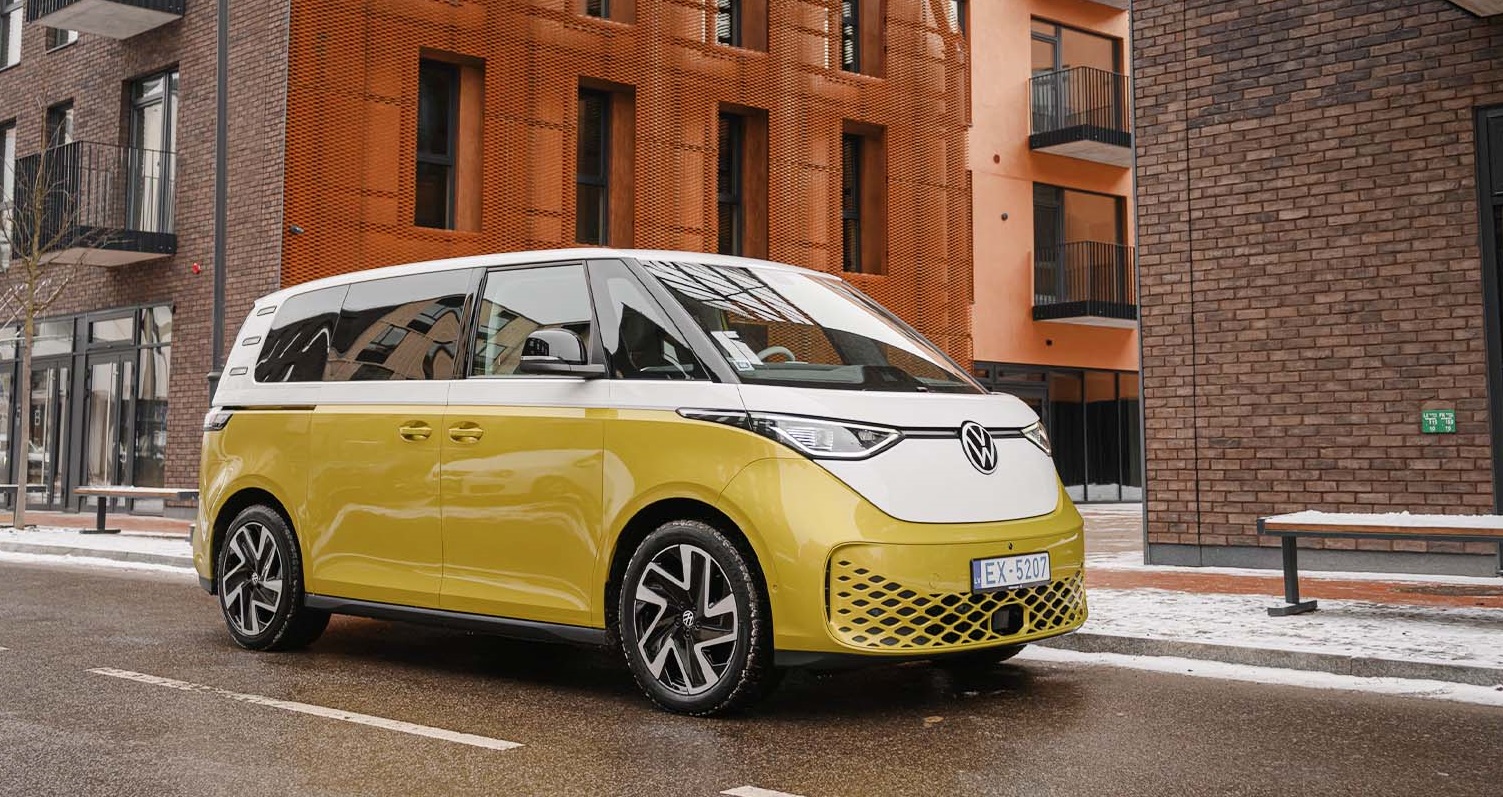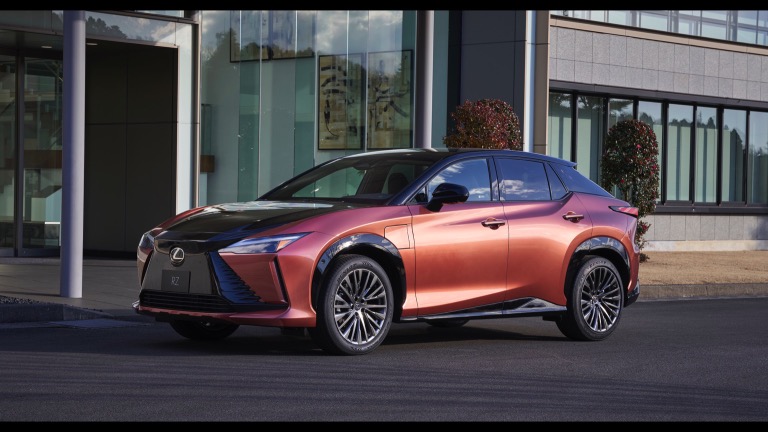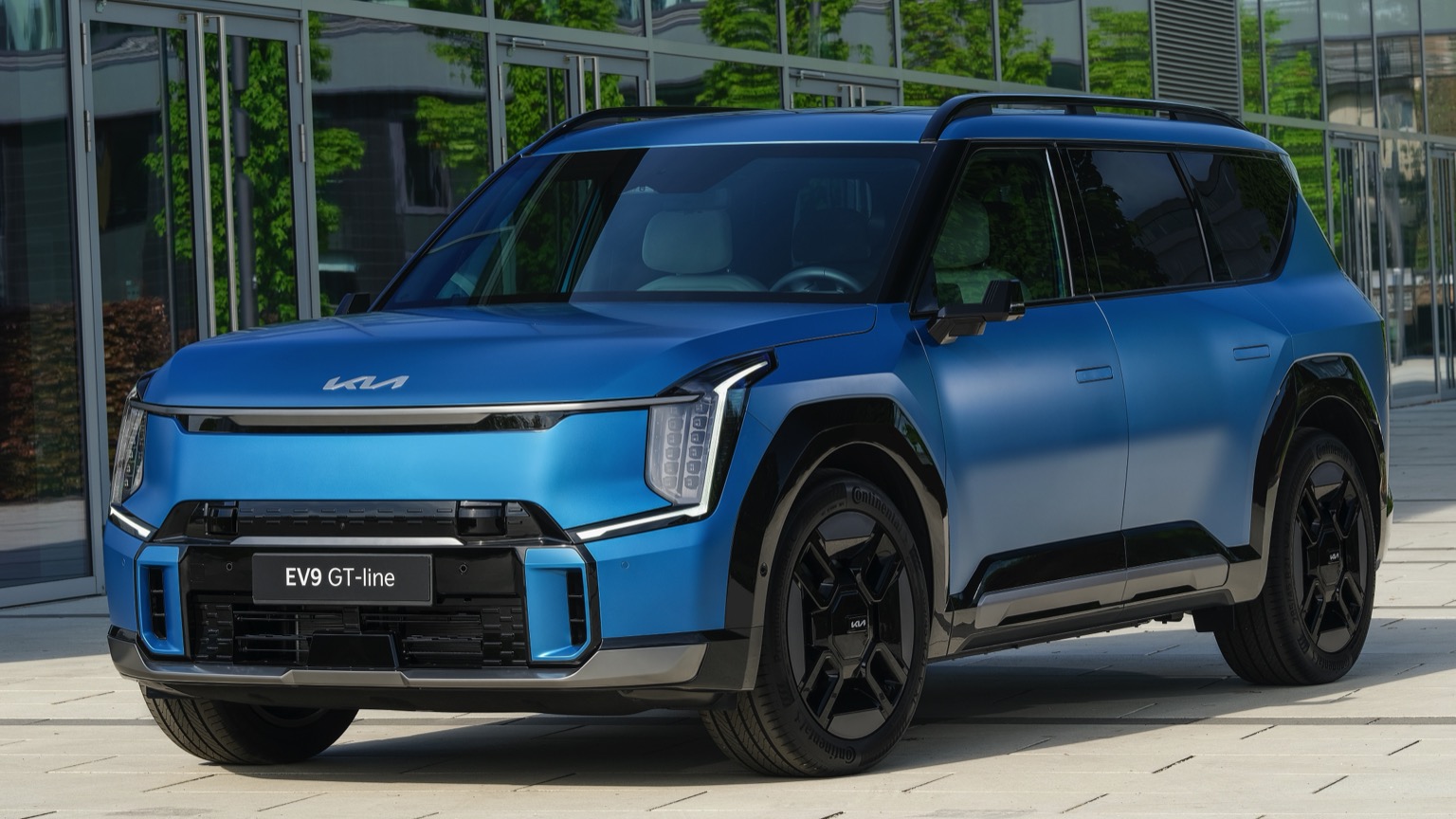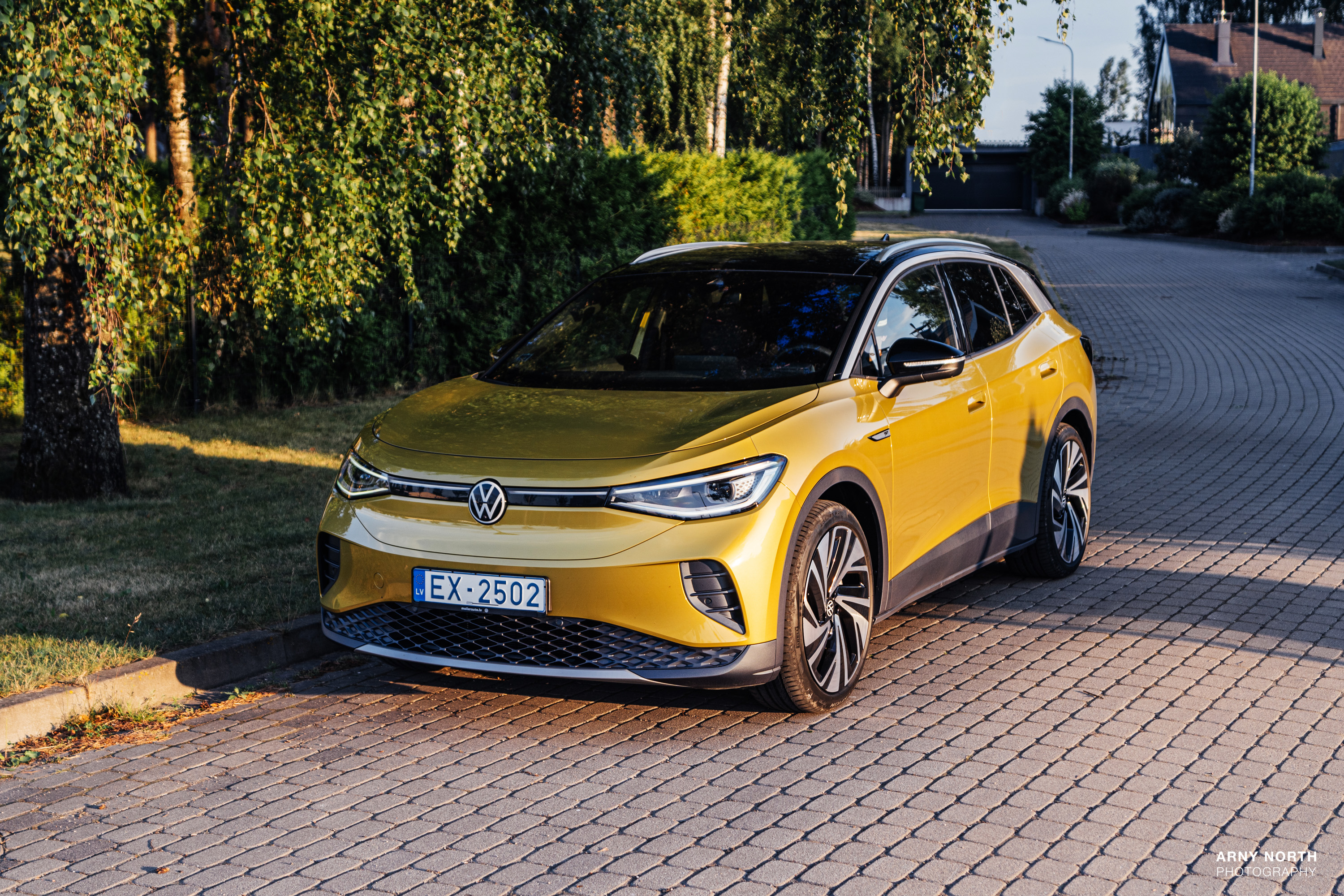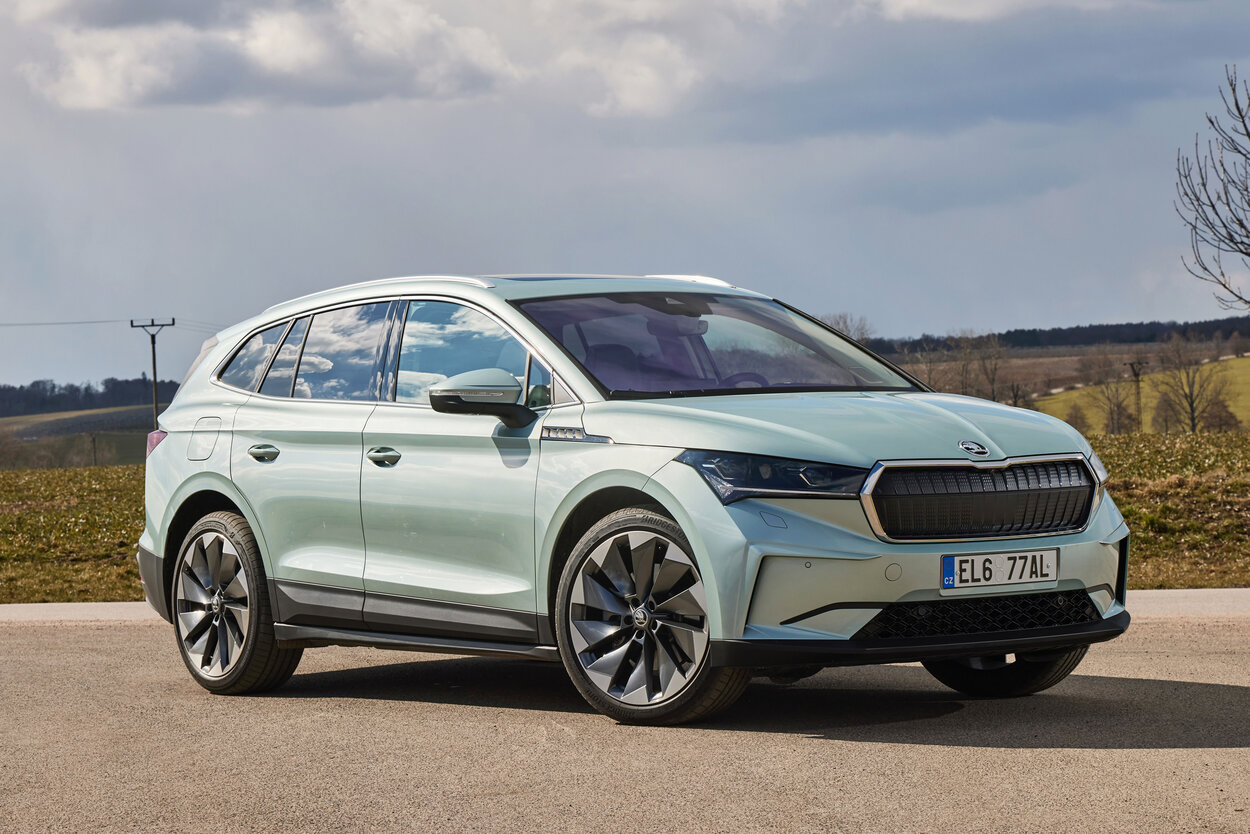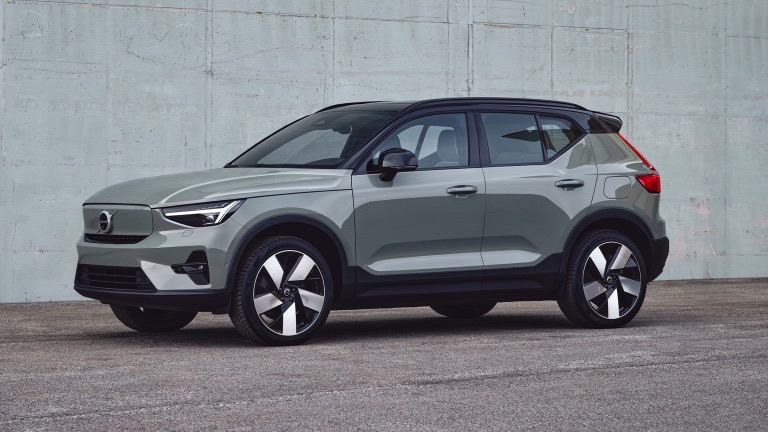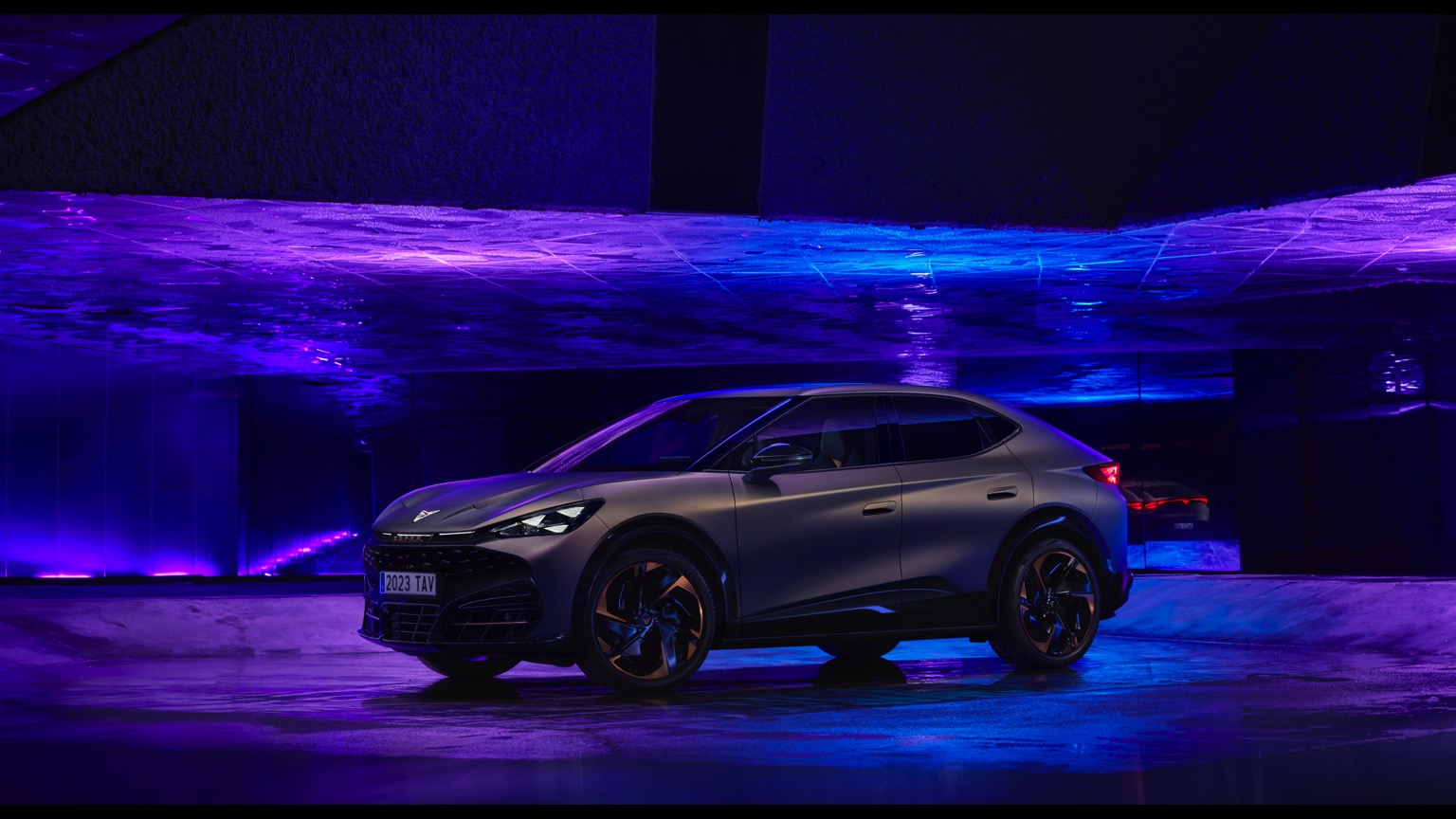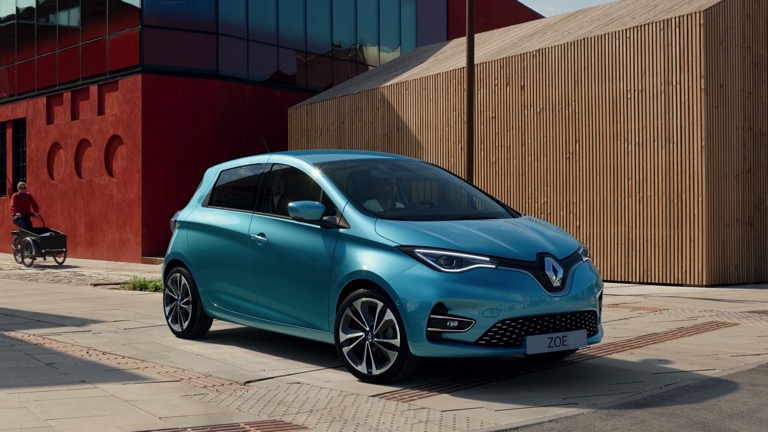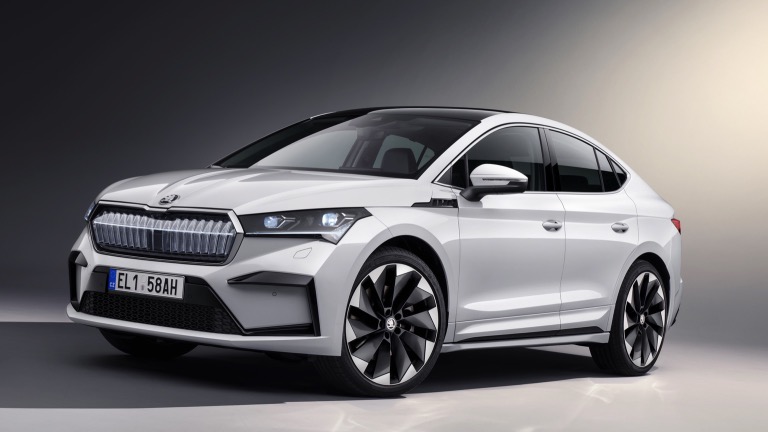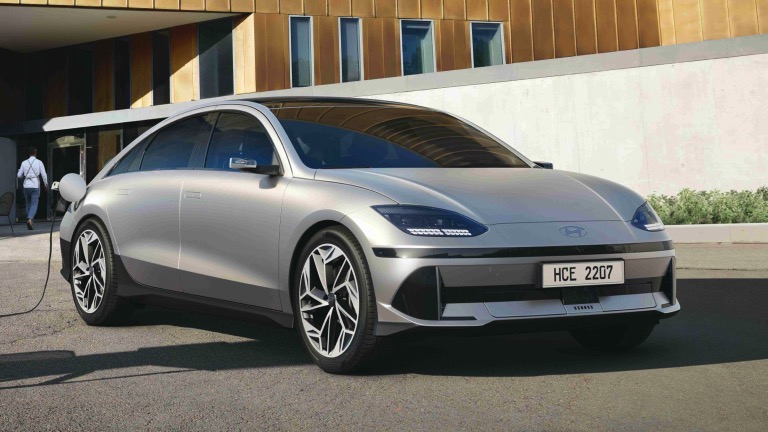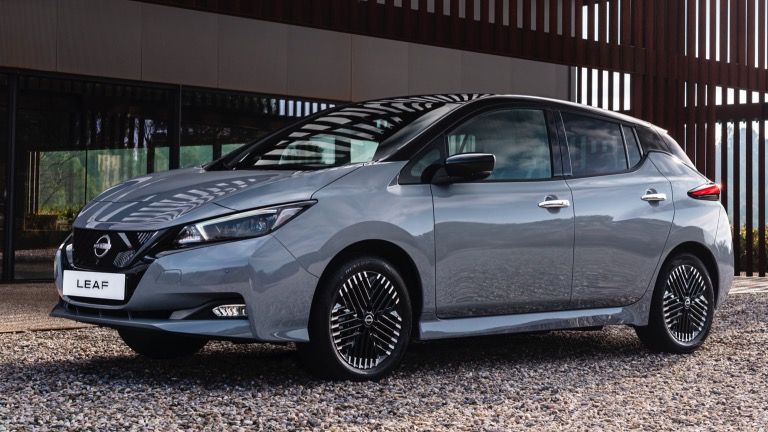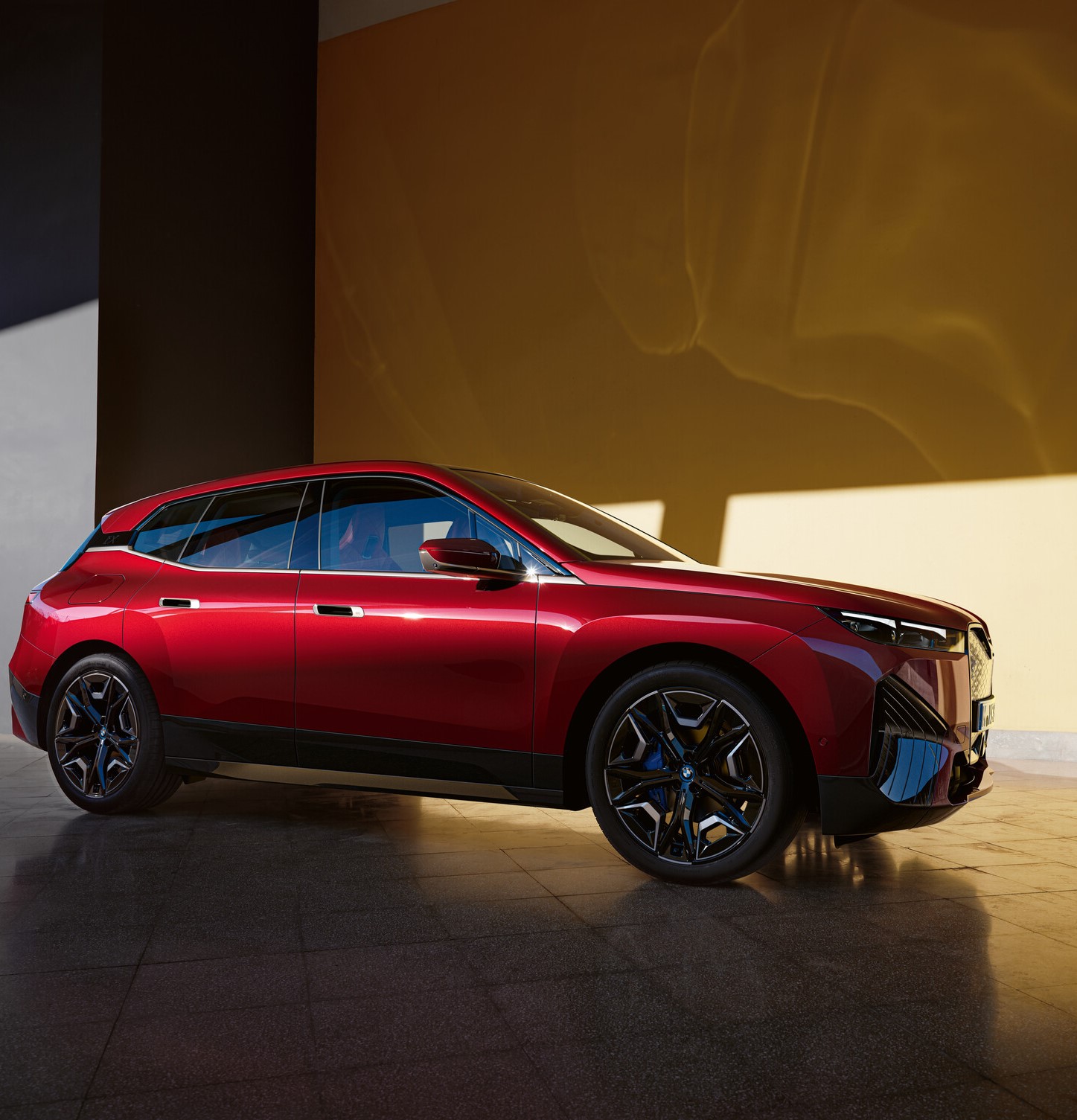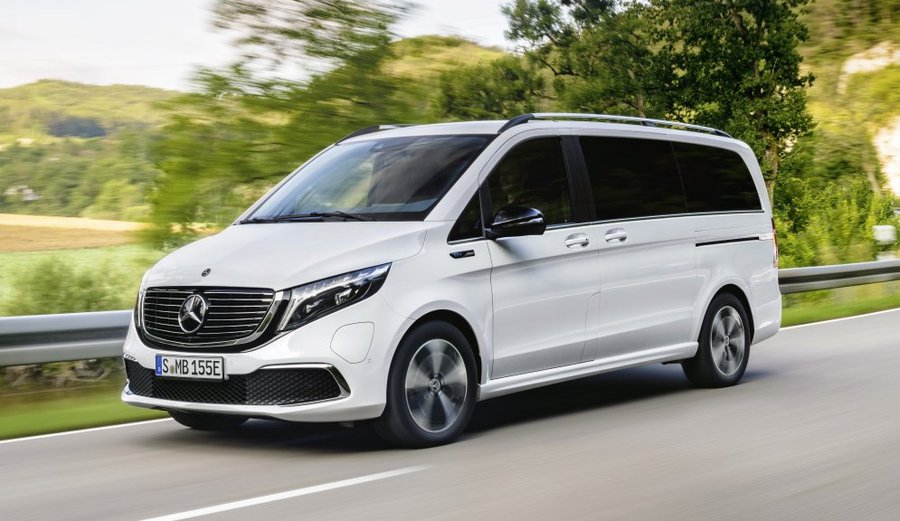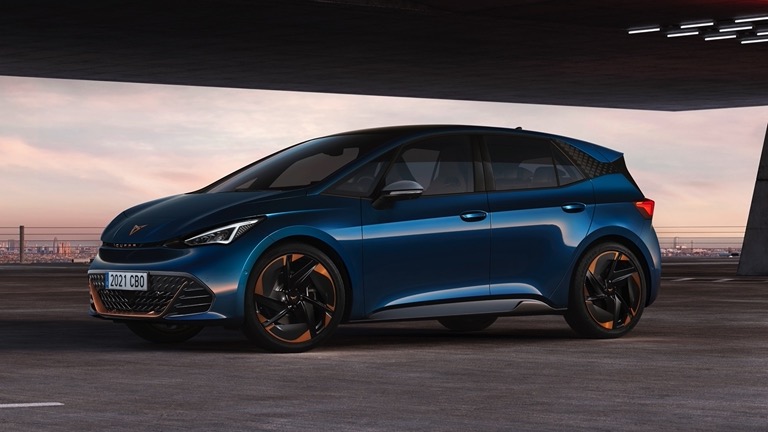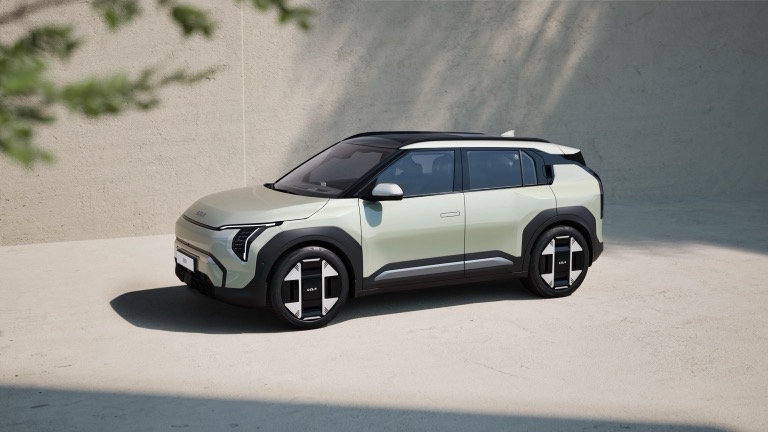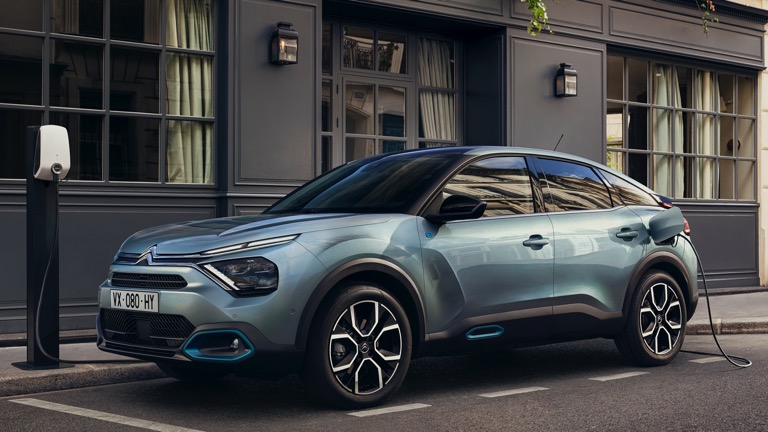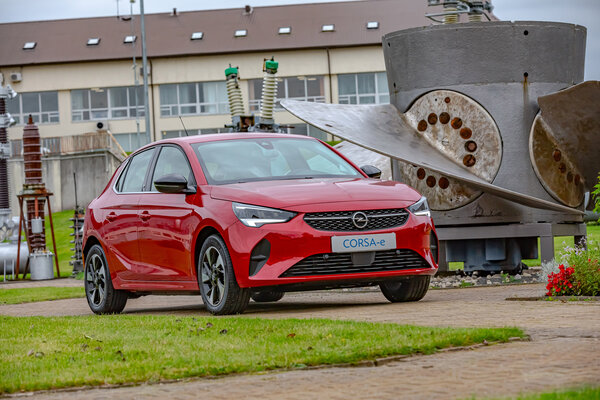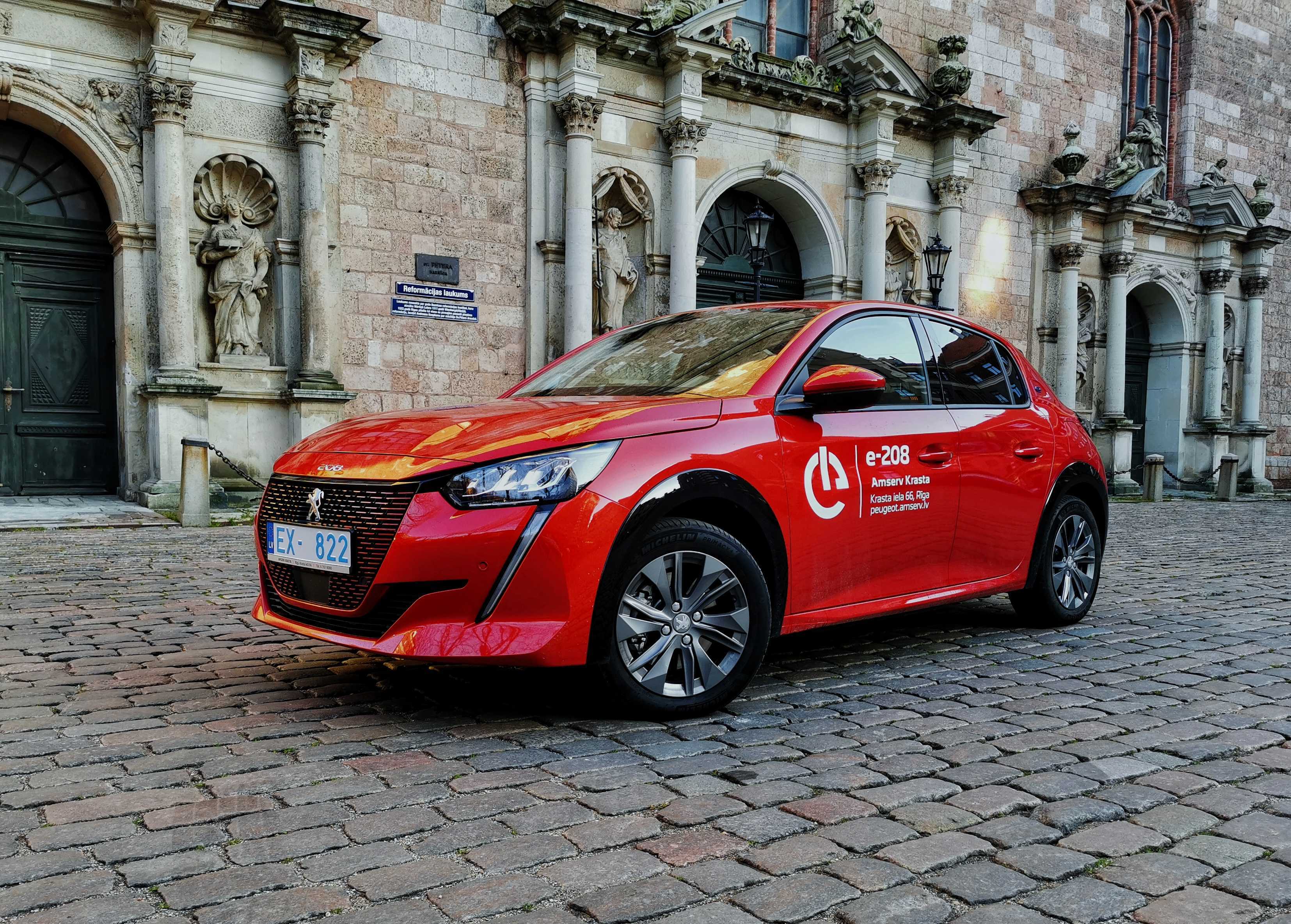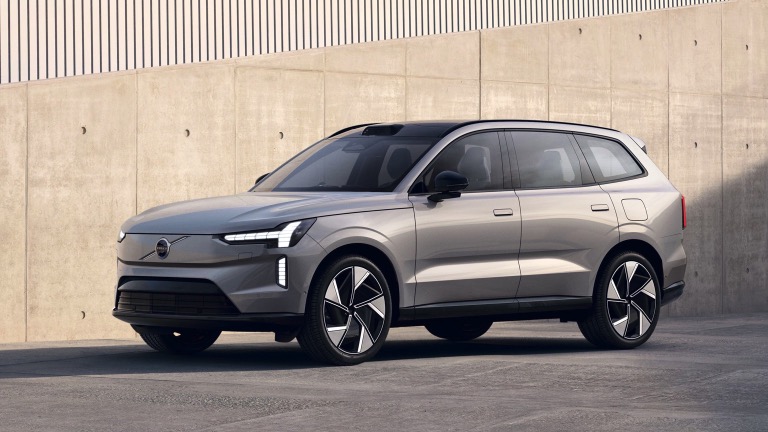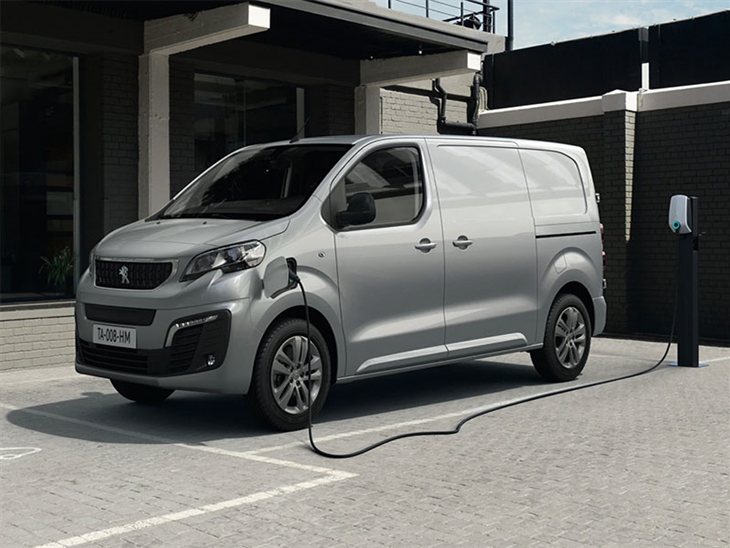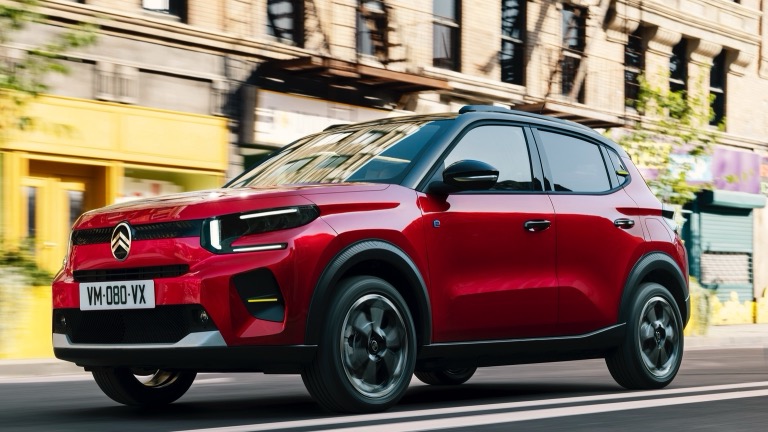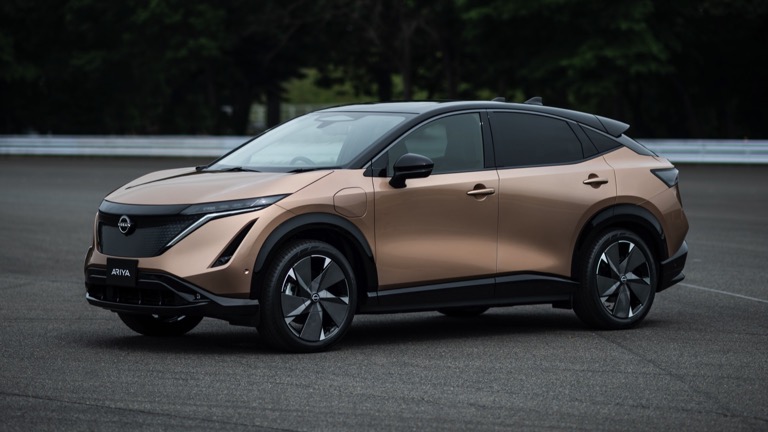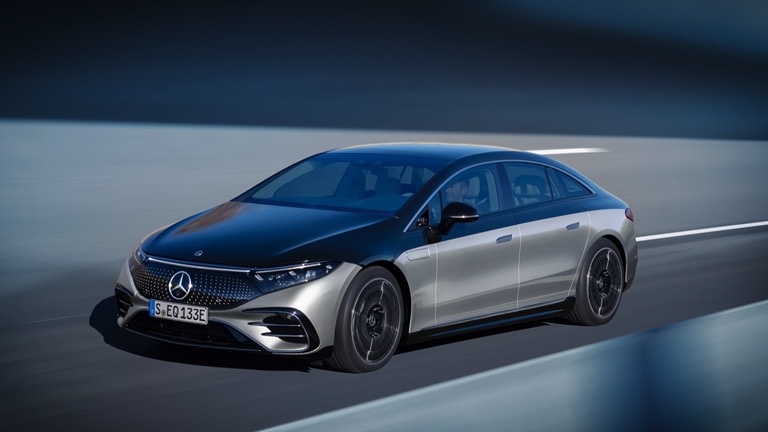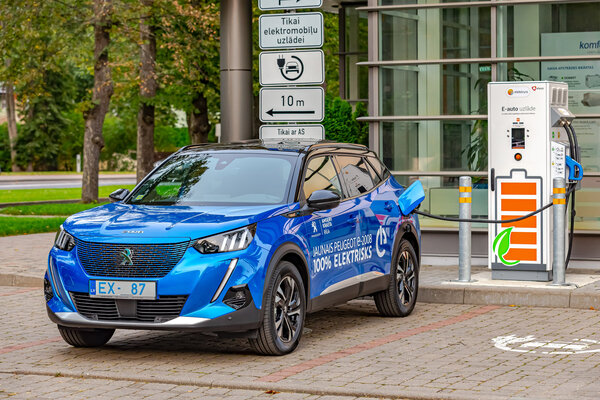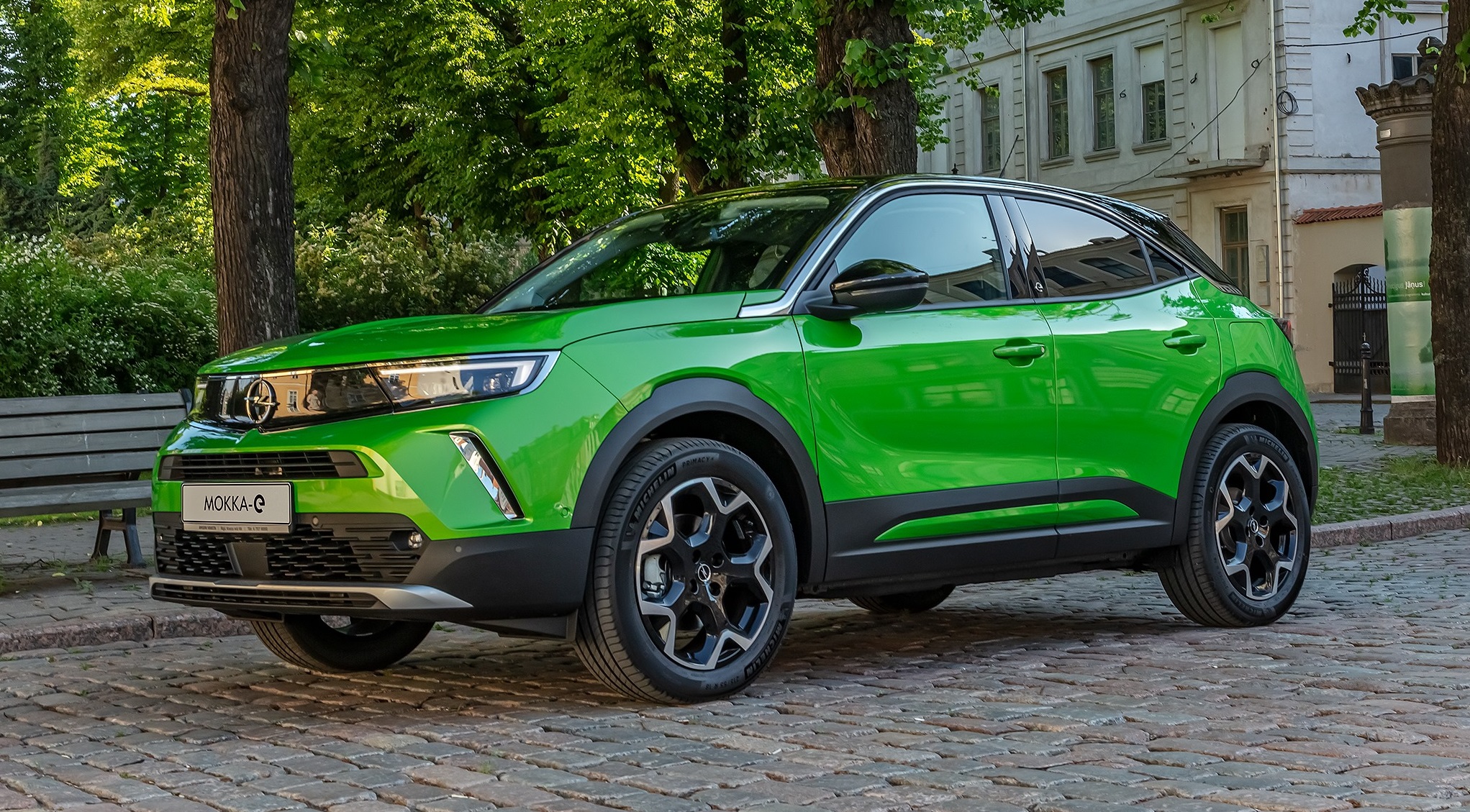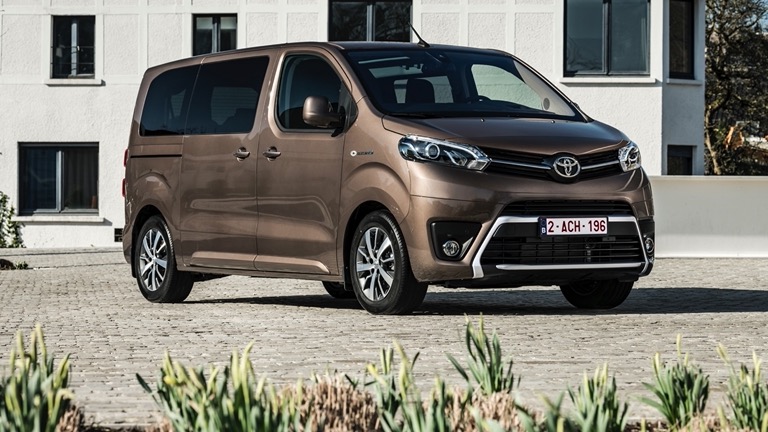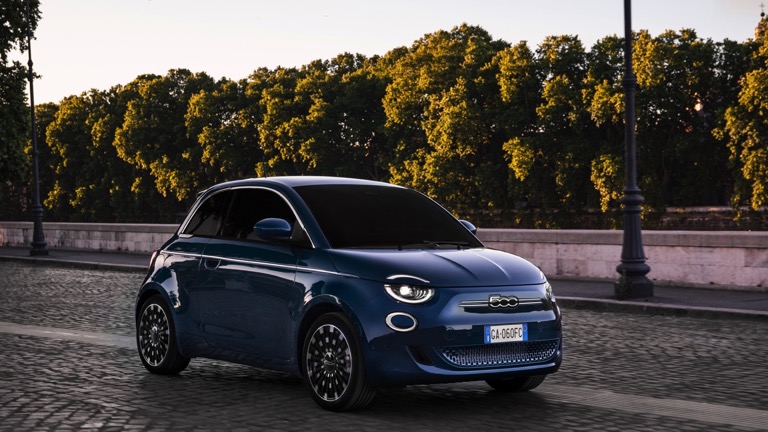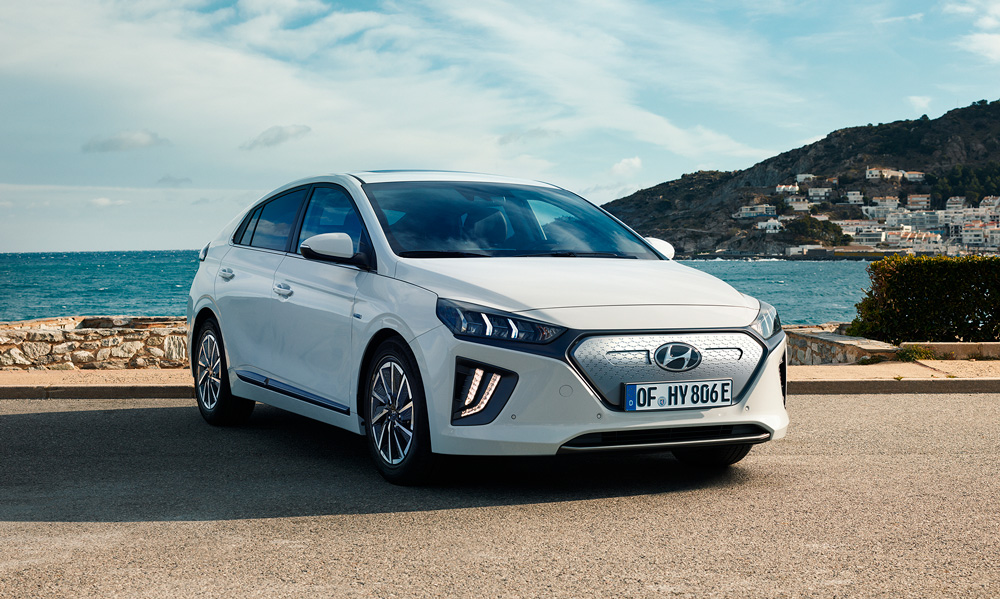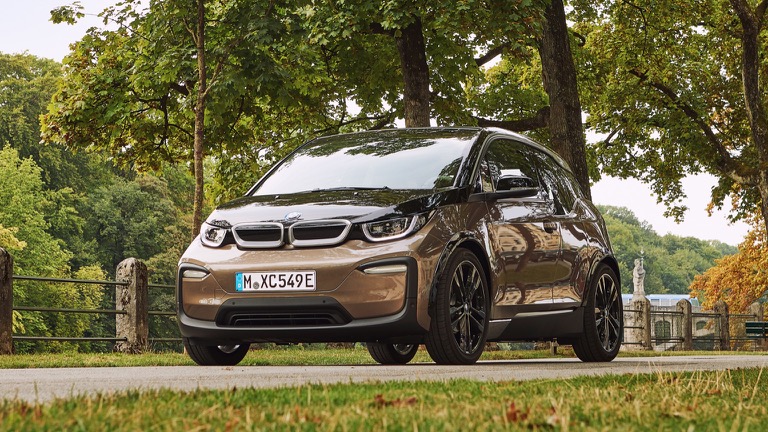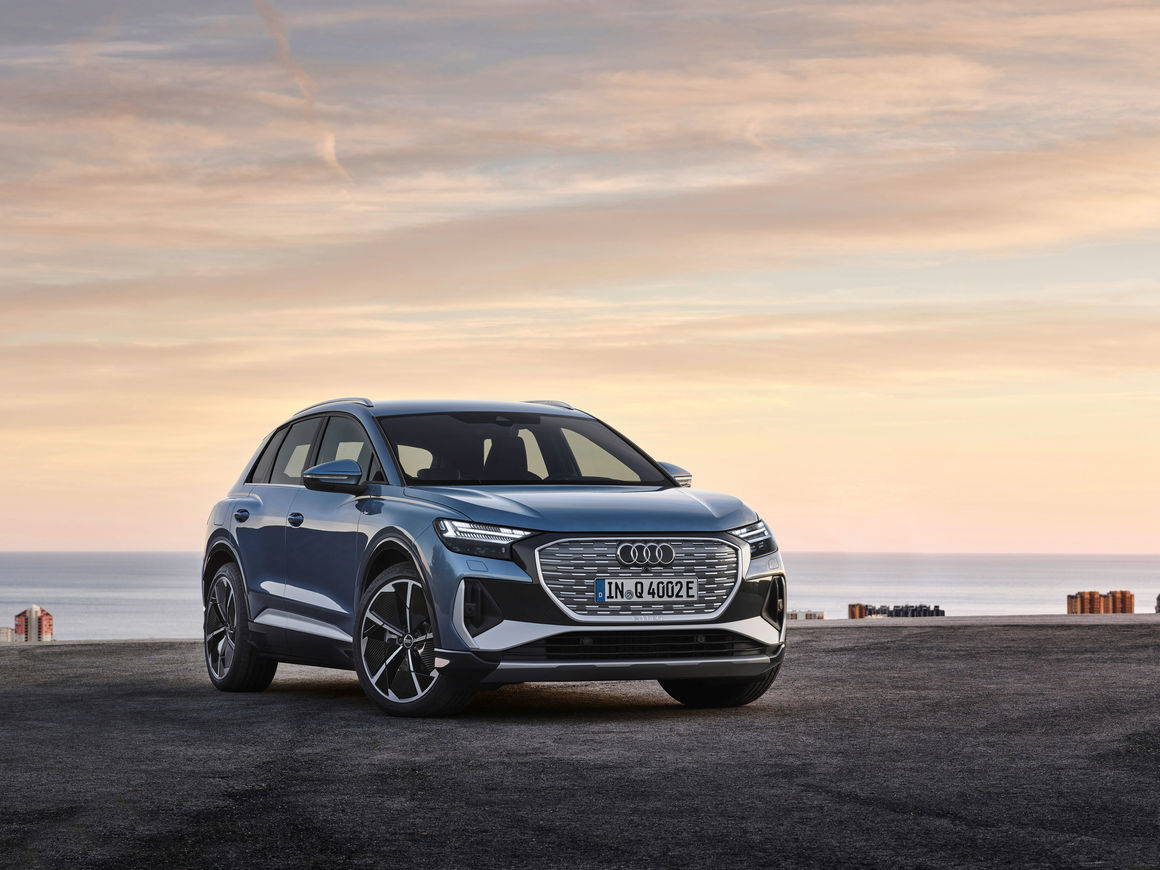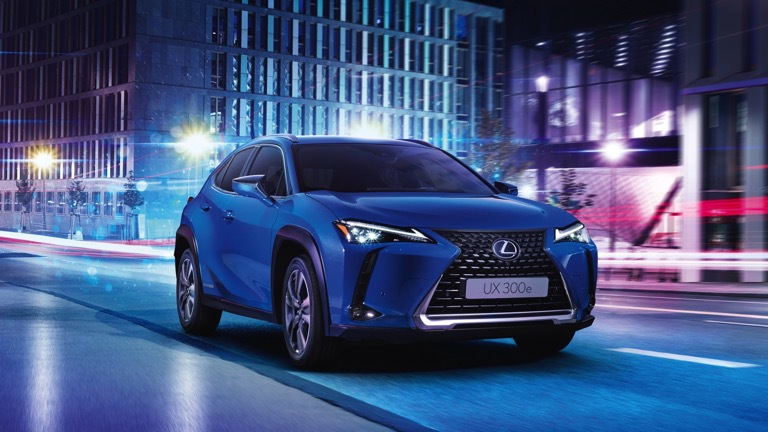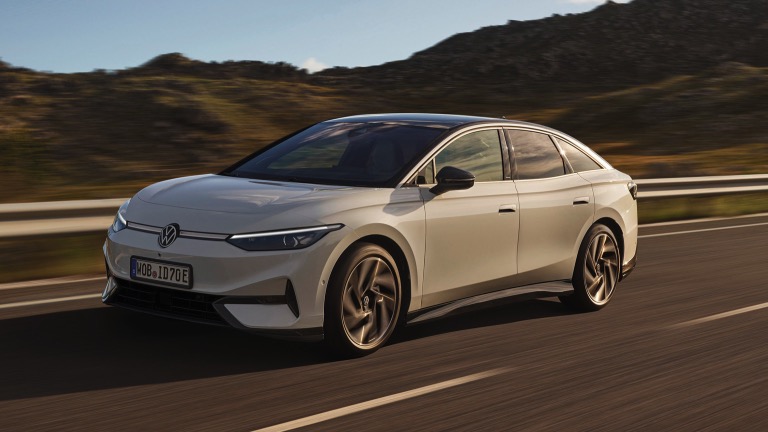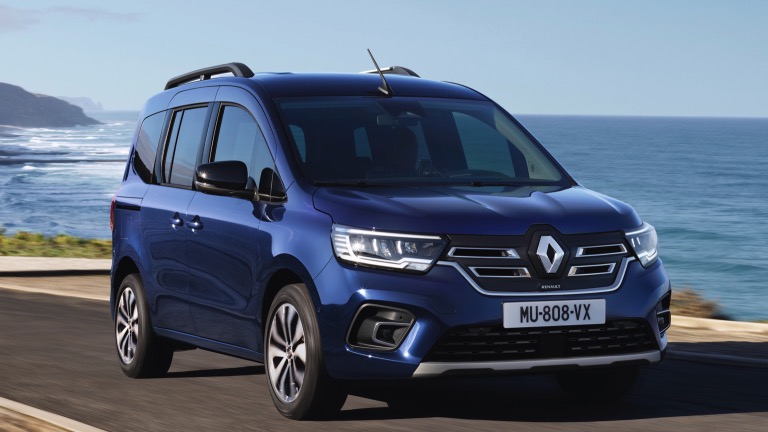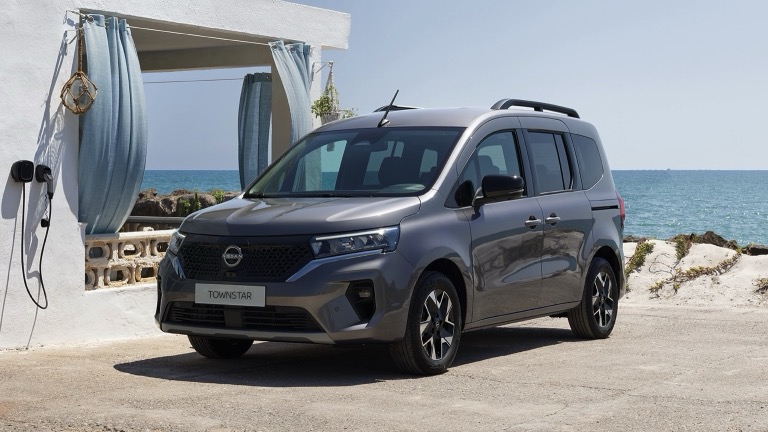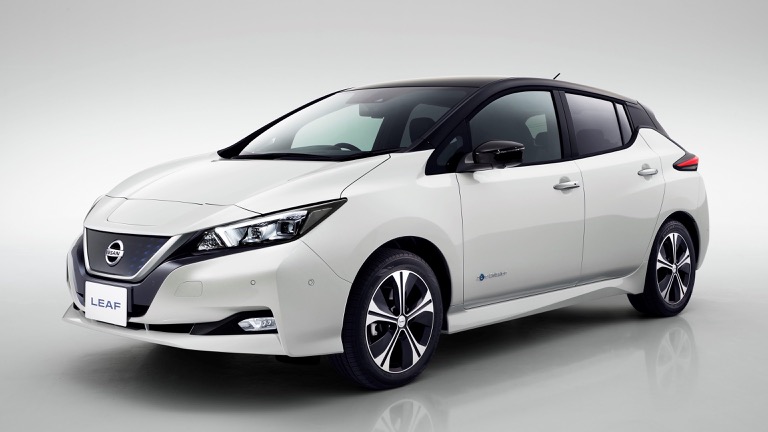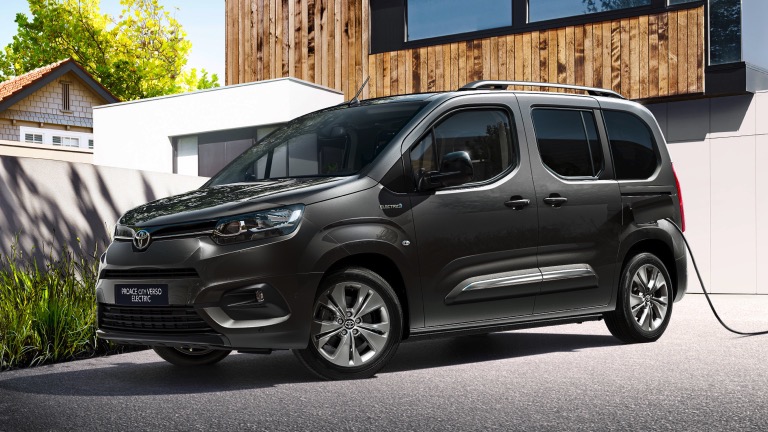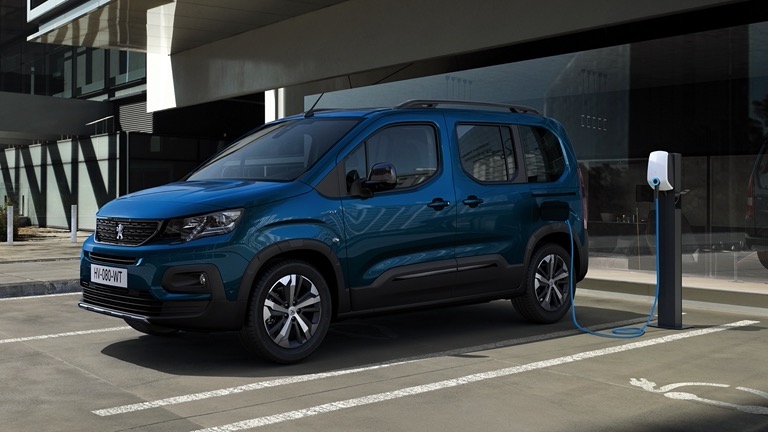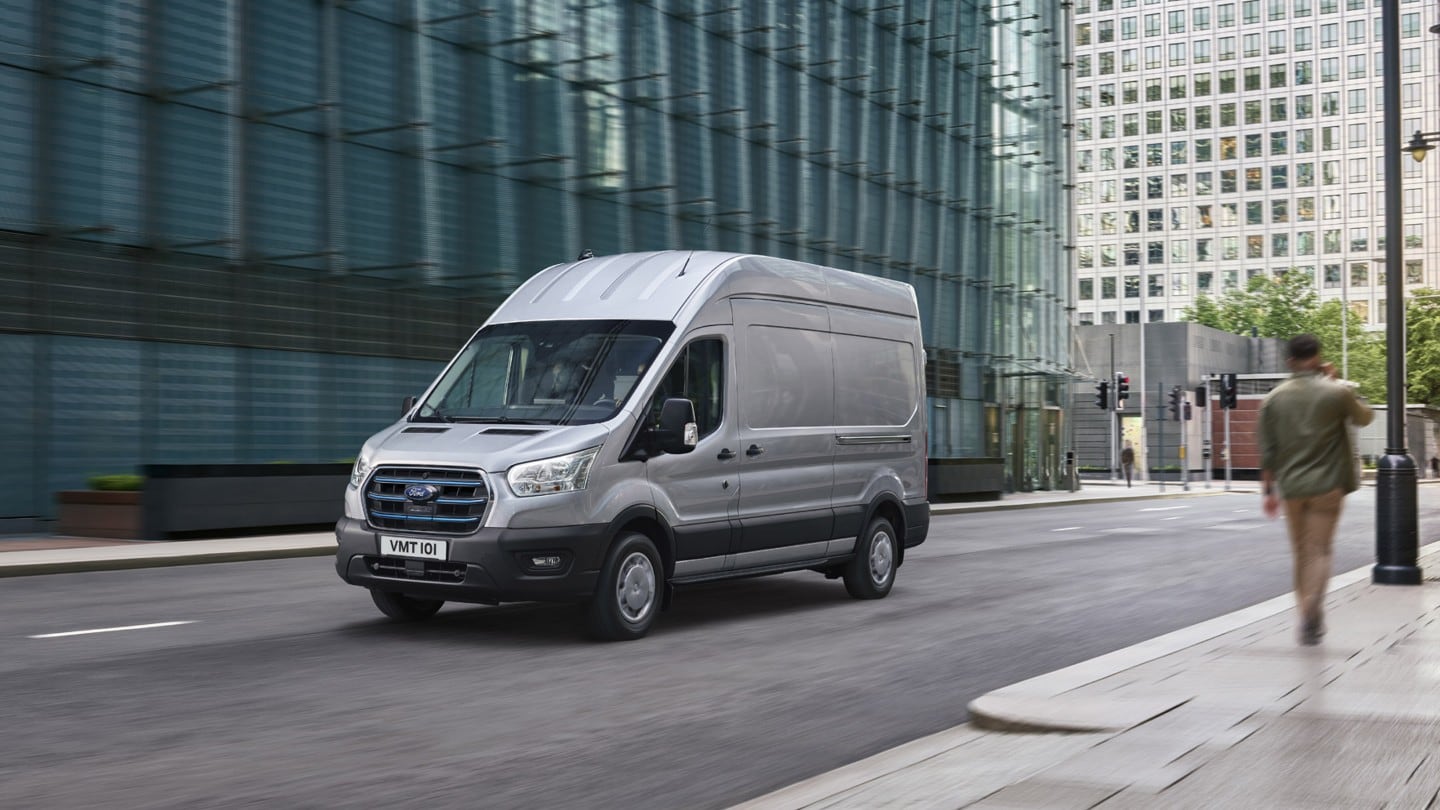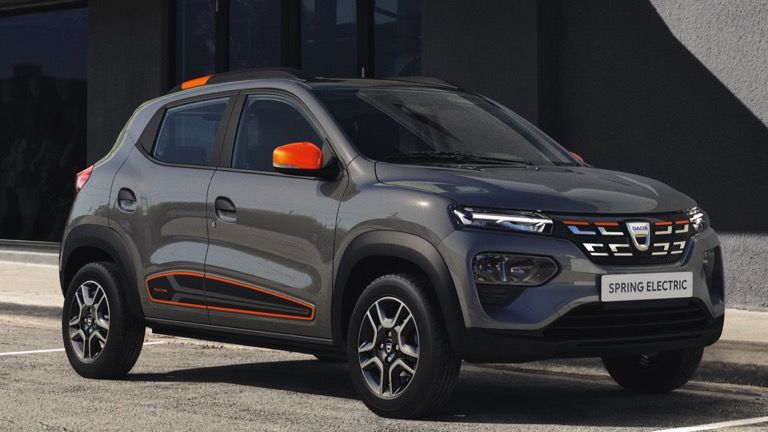KIA e-Niro
Battery capacity: 67.5 kWh
Usable battery capacity: 64.0 kWh
| Range, km | Average consumption, kWh/100km | AC charging, km/h | DC Charging, km/h | |
|---|---|---|---|---|
| WLTP | 455.0 | 14.1 | 53.0 | 350.0 |
| Elektrum | 460.0 | 13.4 | 53.0 | 363.0 |
Šobrīd prece nav pieejama

| Platform | No Data | Drive | Front |
| Car Body | SUV | Acceleration 0-100 km/h | 7.8 sec |
| Seats | 5 | Top Speed | 167 km/h |
| Length | 4375 mm | Total Power | 150 kW (204 PS) |
| Width | 1805 mm | Total Torque | 395 Nm |
| Width with mirrors | No Data | Weight Unladen (EU) | 1812 kg |
| Height | 1570 mm | Gross Vehicle Weight (GVWR) | 2230 kg |
| Tow Hitch | Yes | Cargo Volume | 451 L |
| Roof Rails | Yes | Cargo Volume Max | 1405 L |

The maximum mileage depending on the season and mode is between 265 - 550 km
| Route | EV-database data | Elektrum summer test | Elektrum winter test |
|---|---|---|---|
| City | 365 - 550 | - | - |
| Highway | 265 - 340 | - | - |
| Combined | 310 - 425 | 460 | 370 |
The table shows the maximum mileage recorded by Elektrum experts during the test run in ECO mode and using A/C in the summer season and heating in the winter season. Actual maximum mileage depends on the driving speed, route, driving style, climatic and other conditions.

Energy consumption depending on the season and mode is between 11.6 - 24.2 kWh/100km
| Route | EV-database data | Elektrum summer test | Elektrum winter test |
|---|---|---|---|
| City | 11.6 - 17.5 | 12.4 | 18.2 |
| Highway | 18.8 - 24.2 | 15.0 | 19.4 |
| Combined | 15.1 - 20.6 | 12.2 | 16.7 |
| Speed, km/h | Elektrum summer test, kWh/100km | Elektrum winter test, kWh/100km |
|---|---|---|
| 50 | 9.1 | 12.5 |
| 70 | 11.2 | 14.5 |
| 90 | 14.0 | 19.5 |
The table shows the energy consumption recorded on the electric vehicle's on-board computer during the test drive by Elektrum experts when driving in ECO mode and using A/C in the summer season and heating in the winter season. Actual energy consumption depends on the driving speed, route, driving style, climatic and other conditions.

Total battery capacity
Usable battery capacity
| Battery Type | Lithium-ion | Architecture | 400 V |
| Number of Cells | 294 | Bidirectional Charging (V2L) | Not Available |
| Nominal Voltage | 360 V | Bidirectional Charging (V2H) | Not Available |
| Pack Configuration | 98s3p | Bidirectional Charging (V2G) | Not Available |
| Max. AC Charge Power | 11 kW | Max. DC Charge Power | 77 kW |
|
Charging type |
Charge Port | Port Location | Max. Power | Time | Rate |
|---|---|---|---|---|---|
|
Wall Plug |
Type 2 | Front Side - Middle | 2.3 kW | 32 hours 45 minutes | 11 km/h |
|
1-phase 16A |
3.7 kW | 20 hours 30 minutes | 18 km/h | ||
|
1-phase 32A |
7.4 kW | 10 hours 15 minutes | 36 km/h | ||
|
3-phase 16A |
11 kW* |
7 hours |
53 km/h | ||
|
3-phase 32A |
22 kW** | 7 hours | 53 km/h |
* Elektrum experts recommend: the most suitable home charger for this car from Elektrumveikals.lv: ABB Terra, 11 kW
** Limited by on-board charger, vehicle cannot charge faster.
| Charging Point | Charge Port | Port Location | Max. Power | Avg. Power | Charge Time | Charge Speed |
| 50 kW DC | CCS | Front Side - Middle | 49 kW | 45 kW | 1 hours 3 minutes | 240 km/h |
| 175 kW DC | 77 kW | 64 kW | 44 minutes | 350 km/h |
| Parametri | 50kW DC charging |
|---|---|
| Average charging speed up to 80% | 363 km/h |
| Average charging power (5%-80%) | 43 kW |
| Time to charge for 100 km | 17 minutes |
| Charging time (5->50%) | 39 minutes |
| Charging time (5->70%) | 58 minutes |
| Charging time (5->80%) | 1 hours 9 minutes |
| Charging time (5->90%) | 1 hours 25 minutes |
| Charging time (5->95%) | 1 hours 34 minutes |
Actual charging data depends on the capacity available at the station and the specifications of the electric vehicle’s built-in battery - mainly the capacity and temperature during charging.

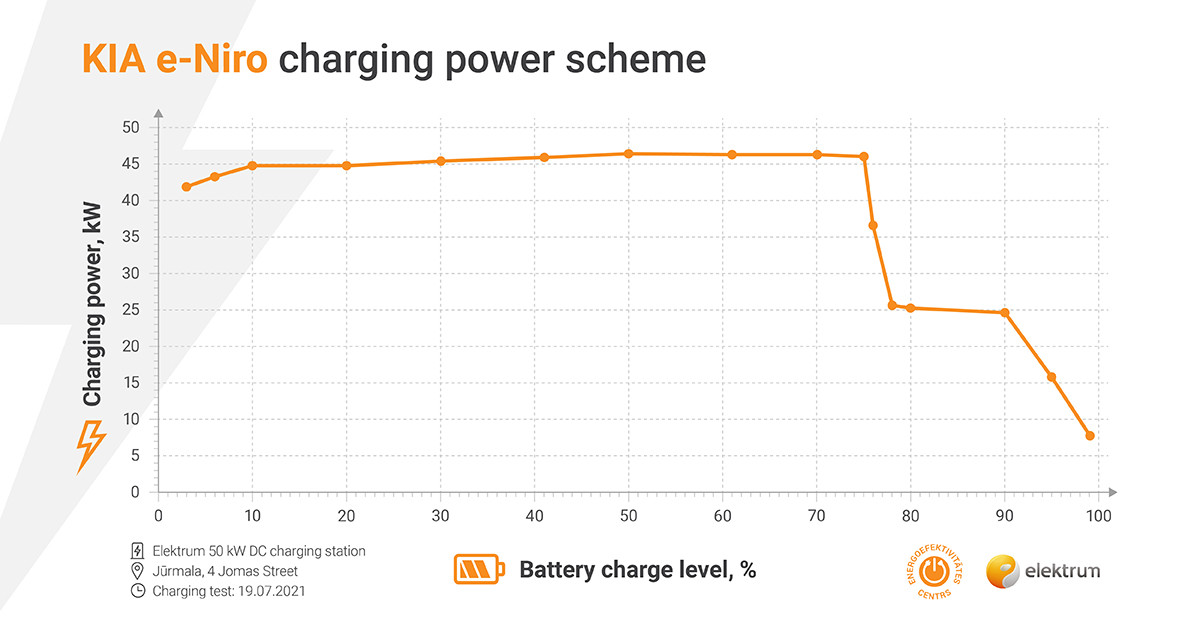

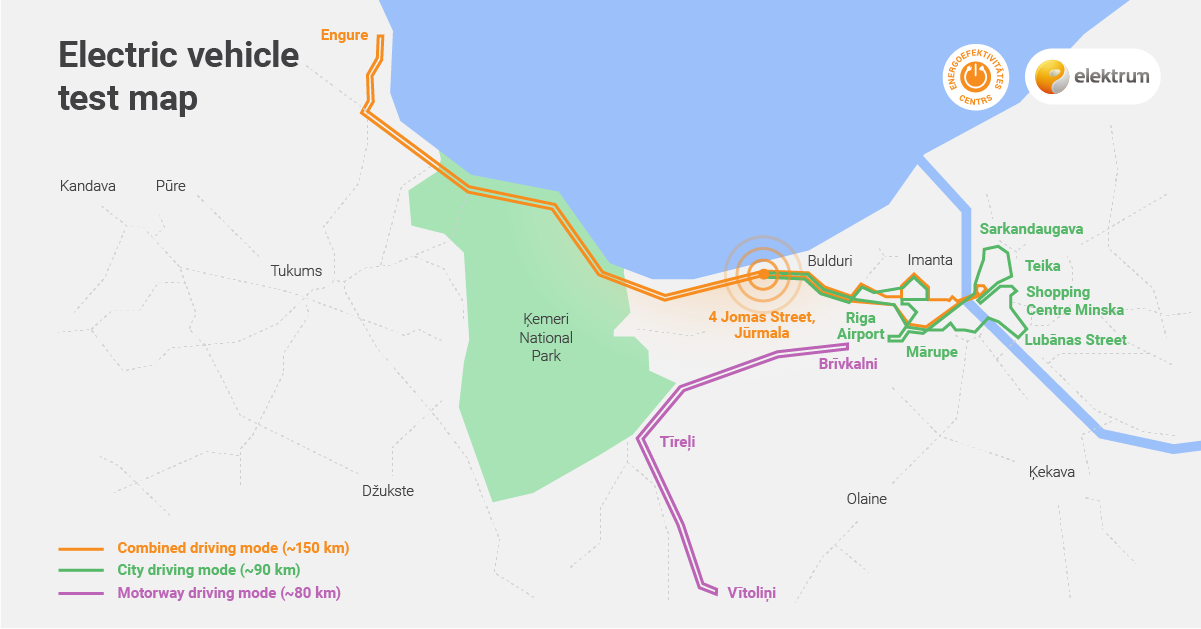
The WLTP (Worldwide Harmonised Light Vehicles Test Procedure) standard data for the specific model of the electric vehicle is used in the comparison calculation. The WLTP standard is based on worldwide driving data and includes driving situations in both urban and highway traffic. Actual maximum mileage, average consumption and acceleration depend on the specific model of electric vehicle and its equipment, chosen route, driving style, climatic and other conditions.

